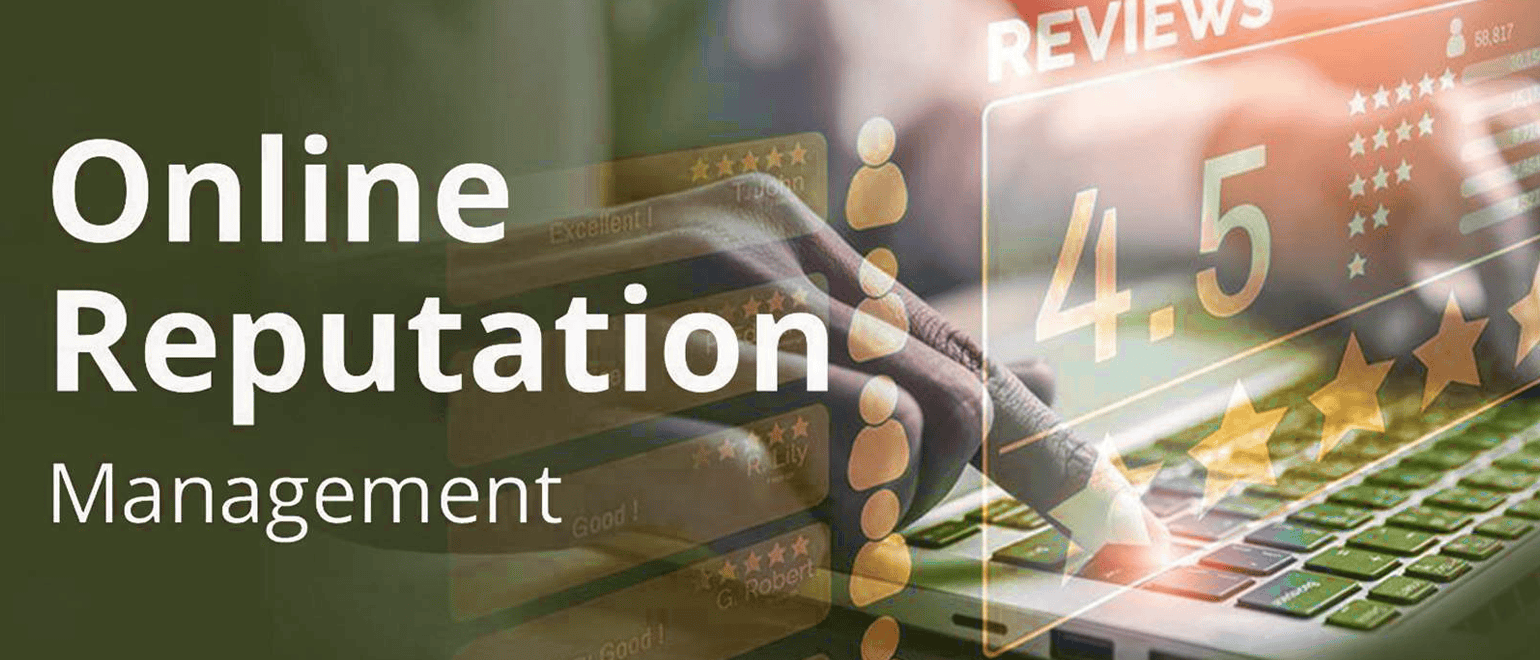
A business’s reputation is built and maintained through its online presence. Whether it’s a five-star rating on Google, a detailed Yelp review, or a comment on Facebook, customers are constantly forming opinions based on what they see, read, and hear online. For modern businesses, online reviews are no longer just nice to have—they are mission-critical. They directly impact consumer trust, search engine visibility, and ultimately, your bottom line.
The rise of online review platforms has transformed how consumers interact with brands. A staggering percentage of people read reviews before making a purchase decision, and many trust online reviews as much as personal recommendations. As a result, maintaining a strong, credible online reputation is not optional—it’s foundational to your success.
This shift has also introduced new challenges. With so much feedback available, how do you know what to prioritize? Which metrics should you monitor regularly? And more importantly, how do you turn that information into action?
That’s where online review software comes in. These platforms give you access to a wealth of data—but having data is only part of the equation. Knowing how to interpret it is what leads to real improvements in customer satisfaction and business growth.
To help you make sense of it all, this blog dives into the five most essential online reputation metrics every business should be tracking: Review Score, Review Volume, Sentiment Analysis, Response Rate, and Response Time. Mastering these metrics empowers you to make data-informed decisions that enhance customer experience, boost loyalty, and outshine competitors.
Before you and your team develop an Action Plan to improve your online review performance, it’s essential to get a clear snapshot of how you’re currently doing. Fill out this short form to receive a personalized scorecard in your inbox. It will assess key metrics such as your average review rating, total review volume, and how your engagement compares to others in your industry.
Key Online Reputation Metrics to Monitor for Business Success

Review Score
Your review score is often the first thing potential customers notice when they search for your business. Whether represented through stars, numeric values, or badges, this score forms the basis of their first impression.
- Aggregate Score
Calculating your average score gives a broad view of how satisfied your customers are overall. A consistently high rating (typically above 4.0 stars) signals trustworthiness and customer satisfaction. - Distribution Breakdown
Go beyond the average. Are you receiving a steady stream of 4s and 5s, or are there clusters of negative reviews? A small number of low ratings can significantly pull down your average, especially if they highlight a recurring issue. - Visual Placement
Platforms like Google, Yelp, and Facebook often highlight your rating next to your business name. A half-star difference can determine whether a user clicks your link or a competitor’s.
Pro Tip: Monitor not just your score but recent fluctuations. A sudden dip can indicate a customer service or product quality issue that needs immediate attention.
Review Volume
While your score indicates quality, review volume signals popularity, consistency, and reliability. A higher volume shows that people are interacting with your brand regularly—and it gives you more data to learn from.
- Trends Over Time
Analyze how your review volume evolves month over month. A steady increase typically means effective engagement and outreach. If there’s a sudden drop, it might indicate a bottleneck in customer experience or a decline in follow-up processes. - Recency Matters
Consumers often prioritize recent reviews over older ones. If you haven’t received any reviews in several months, it may appear that your business is inactive—or worse, unreliable. - Compare to Competitors
It’s important to benchmark against similar businesses. If your competitors are getting twice as many reviews per month, you might need to rethink your strategy for review collection or customer outreach.
Pro Tip: Encourage satisfied customers to leave reviews while their positive experience is still fresh. A simple follow-up email or SMS can make a big difference.
-
Sentiment Analysis
Not all feedback can be captured through scores alone. Sentiment analysis digs into the actual content of the reviews to identify emotional tone—positive, negative, or neutral.
- Understand the ‘Why’ Behind the Score
A 3-star rating could hide a glowing comment or, conversely, a cautious warning. By analyzing the text, you can uncover the real sentiment behind the review and use that to guide improvements. - Identifying Common Themes
Use tools like word clouds or keyword tagging to find frequently mentioned topics. For example, if “slow checkout” or “friendly staff” keeps showing up, those are insights you can act on immediately. - Automated Sentiment Tools
Leverage AI tools within your review management platform to flag sentiment trends automatically. These can alert you to emerging issues before they impact your broader reputation.
Pro Tip: Don’t just focus on fixing what’s broken—lean into what’s working. Positive sentiment highlights brand strengths you can emphasize in your marketing.
-
Response Rate
Engaging with your customers’ feedback—especially negative reviews—shows that you care. That’s where your response rate comes in. It measures how consistently you reply to reviews, and it directly affects your online reputation.
- Build Customer Trust
When customers see that businesses actively respond to both praise and complaints, it builds trust and demonstrates transparency. A high response rate often correlates with higher satisfaction and retention. - Platform Visibility
Some review platforms rank businesses higher if they consistently engage with reviewers. That means better exposure, especially in competitive markets. - Negative Review Recovery
Quick, empathetic replies can turn an unhappy customer into a loyal advocate. When potential customers see that you’ve taken steps to address issues, they’re more likely to give you a chance—even if there’s a bad review or two.
Response Time
It’s not just about if you respond—but how quickly. Customers expect promptness, especially when they’ve had a less-than-perfect experience.
- Set Clear Expectations
Ideally, aim to respond to all reviews—especially negative ones—within 24–48 hours. Faster responses show urgency, professionalism, and care. - Prioritize Negative Reviews
These should be your top priority. A fast response shows that you’re proactive, not defensive, and gives you a better shot at resolution before frustration grows. - Use Automation Tools
Consider using automated messages to acknowledge receipt of a review. While these should be followed by a more personal reply, they show that your business is responsive.
Pro Tip: Track your average response time monthly. A downward trend can signal that your team is overwhelmed or that your workflows need streamlining.
Your online reputation can be your strongest marketing tool or your biggest liability. These five essential metrics—Review Score, Review Volume, Sentiment Analysis, Response Rate, and Response Time—help paint a full picture of how your customers perceive your brand.
By tracking and improving these key areas, you not only increase visibility and credibility but also build a loyal customer base that trusts your business and recommends it to others. Remember, the value isn’t just in collecting data—it’s in using it to drive real, lasting improvement.
Curious how to streamline review monitoring, improve response time, and boost engagement effortlessly? Watch our demo video to see how our platform makes it simple to track metrics, get alerts, and turn feedback into growth.




